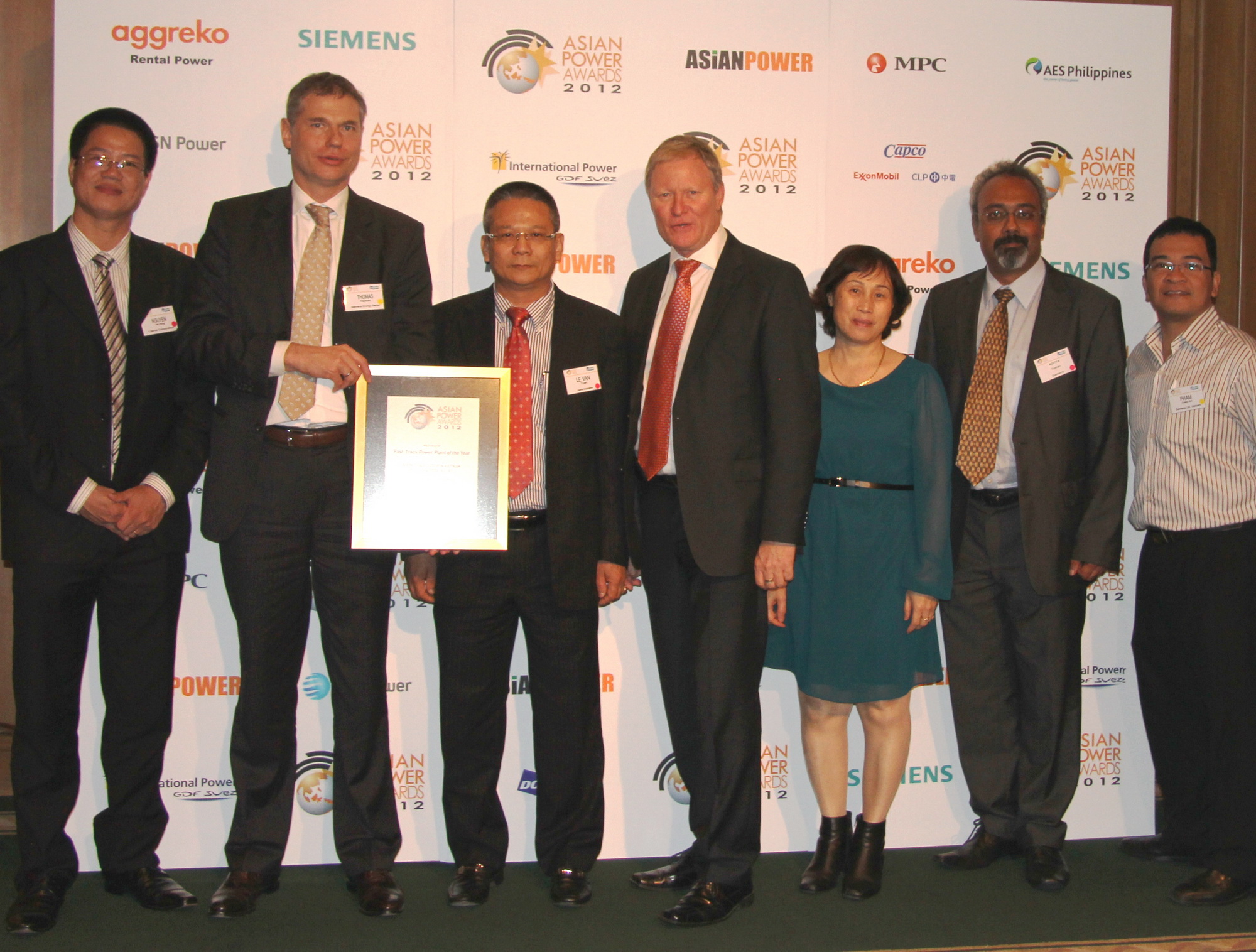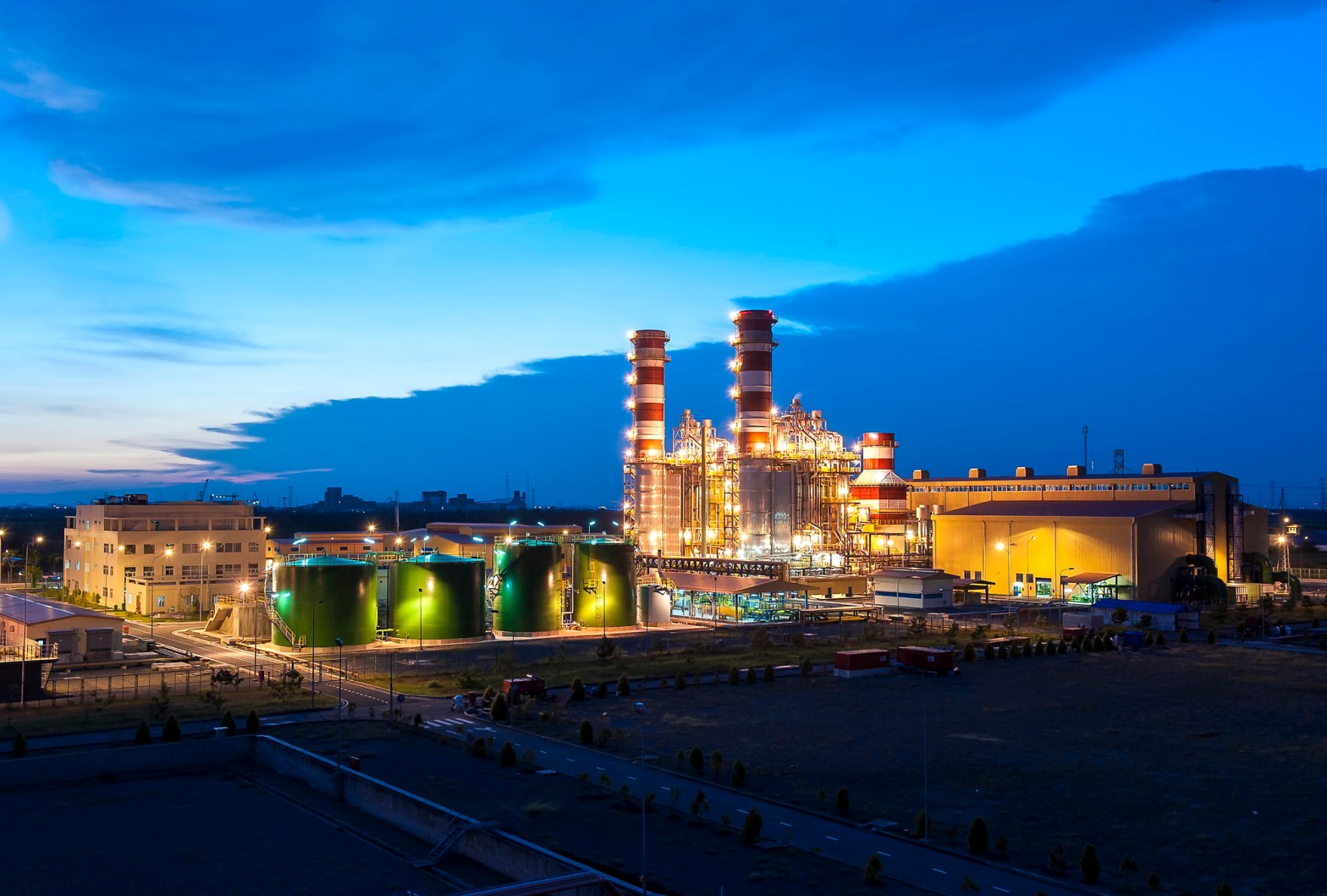In April 2014 Egypt experienced one of the worst energy crises after many centuries: blackout occurred 5 to 6 times a day in numerous regions of Egypt, and each one could last up to 2 hours.
Extensive power outage resulted in substantial economic loss as well as in the resentment from both business sector, especially manufacturers, and households. At the same time it was reported by Egyptian press that the energy demand reached a record of 27,700 MW a day, which was 20% more than the total generation capacity of all existing power plants – mostly gas-fired.
The reason for the severe power shortage and blackout, as implied by the then Egyptian government, was due to 300 terrorist attacks at Egyptian’s energy facilities. However, energy specialists had anticipated the possibility of power shortage situation many years before.
Booming population growth – an increase of 1 million people within only 6 months, coupled with the horrendous heat in summer had induced the significant surge of air conditioners usage. It was one of the key factors for the exceed of demand versus supply.
“We believe that the overall picture of energy must be revised in order to promote a sustainable development and to ensure an affordable price and efficiency” (Emad Ghaly, CEO of Siemens in Egypt)
Additionally, forecasts of the growth rate in power generation in the past had been based on positive calculations of gas capacity. Those expectations, however, weren’t realistic. The Arabian Spring Uprising in January 2011 made the Egyptian government lose ability to settle payment for gas exploration and production companies.
As the consequence, they ceased their operations or maintained irregular exploitation. In the summer of 2014, the electricity output only reached 70% of its capacity, and the energy crisis posed a serious threat to Egyptian’s service and economic sectors. It affected business companies, plants, hospitals and many other facilities.
Emad Ghaly, CEO of Siemens in Egypt, recalled: “We developed a concept which we called ‘Trusted Consultant’ thereby together with our clients and the government, we put up a number of energy scenarios that support the country’s natural gas capacity as well as that of other resources… We believe that the overall picture of energy must be revised in order to promote a sustainable development and to ensure an affordable price and efficiency.”
It was the time the Egyptian government led by President Abdel Fattah el-Sisi were fully committed to tackle energy crises. Along with other projects came the megaproject that was deployed with the mission of providing 45 million peole with electricity, which would be done by boosting the power capacity by 45%.
Egypt Megaproject
A new worldwide benchmark for the execution of fast-track power projects
Together with local Egyptian partners Elsewedy Electric and Orascom Construction, Siemens is supplying on a turnkey basis three natural gas-fired combined cycle power plants, each with a capacity of 4.8 GW, for a total combined capacity of 14.4 GW.
The three power plants – Beni Suef, Burullus and New Capital – will be powered by 24 Siemens H-Class gas turbines, selected for their high output and efficiency. The scope of supply also comprises twelve steam turbines, 36 generators, 24 heat recovery steam generators and three 500 kV gas-insulated switchgear systems.
Siemens will also deliver up to 12 wind farms in the Gulf of Suez and West Nile areas, comprising around 600 wind turbines and an installed capacity of 2GW. The company will build a rotor blade manufacturing facility in Egypt’s Ain Soukhna region, which will provide training and employment for up to 1,000 people.
The facility is scheduled to go into operation in the second half of 2017. The Egypt Megaproject is the single biggest order ever in Siemens’ history.
The dimensions of the megaproject are enormous: More than 20,000 workers are engaged at the construction sites during implementation. Over 1.6 million tons of materials are being handled. And only 18 months after the signing of the contract, Siemens has set a new worldwide benchmark for the execution of fast-track power projects. The first phase of the megaproject in Egypt has been finalized.
The promised goal of bringing 4.4 gigawatts (GW) of new capacity to the grid has even been exceeded, and 4.8 gigawatts are already connected to the grid. The surplus capacity of 400 megawatts is sufficient to supply more than one million people in Egypt with electricity.
The Egypt Megaproject is the single biggest order ever in Siemens’ history. More than 20,000 workers are engaged at the construction sites during implementation.
“We made a promise to Egypt and we kept our word. And by doing so, we not only overachieved in performance, we also broke all records in modern turnkey power plant construction. This was only possible by an outstanding collaboration between the Government, the Ministry of Electricity, the Egyptian Electricity Holding Company and a dedicated and competent Siemens team,” said Joe Kaeser, President and CEO of Siemens AG.
H.E. Dr. Mohamed Shaker, the Egyptian Minister of Electricity and Renewable Energy, said: “The role of energy in economic development is undeniable. This is why we are committed to efficiently meeting Egypt’s growing energy demand through balancing supply and demand, optimizing the country’s natural resources like natural gas and renewable energy, as well as ensuring a competitive energy sector through technology and know-how transfer.”
“Siemens power projects will definitely make an important contribution to our power strategy. With a focus on building local talent and capacity, the company is also training 600 Egyptian engineers and technicians, who will contribute to Egypt’s future of energy. I believe these projects are a great example of how Egypt recognizes the importance of working with international long-term partners, like Siemens, to drive the country’s sustainable economic growth”, he added.

After completion in May 2018, the three power stations will be the largest gas-fired, combined cycle power plants ever built and operated in the world.
Emad Ghaly, CEO of Siemens Egypt, said: “This is a major achievement for our country and our people. I am proud that the Siemens team was selected to contribute to this success. The plants will supply enough electricity for 45 million people and enable Egypt to achieve USD1.3 billion in fuel savings on an annual basis. With these projects, we provide an essential contribution to stabilize both the energy supply and the economy in our country, which has an outstanding importance for the whole Middle East region and Africa.”
Egypt Megaproject is just the latest medal in the world record collection of Siemens in power generation. Just last year, back in Germany, Siemens set new performance and efficiency world record at Düsseldorf power plant.
And in Vietnam Siemens was honored together with Nhon Trach 2 combined cycle power plant.
Duesseldorf Combined Cycle Power Plant
New performance and efficiency world record
On January 22, 2016, Siemens handed over the combined cycle power plant equipped with a Siemens H-class gas turbine at the Lausward location in the Düsseldorf (Germany) harbor area to the customer and operator, the utility company Stadtwerke Düsseldorf AG.
The turnkey plant sets three new records in world-wide comparison. During the test run before acceptance, unit “Fortuna” achieved a maximum electrical output of 603.8 megawatts (MW), which is a new record for a combined cycle plant of this type in a single-shaft configuration.
A new world record of around 61.5 percent for net power-generating efficiency was also achieved, enabling Siemens to beat its own efficiency record of 60.75 percent set in May 2011 at the Ulrich Hartmann power plant located in Irsching in the south of Germany.
The high efficiency level makes the power plant especially environmentally friendly. In addition, unit “Fortuna” can also deliver up to around 300 MW for the district heating system of Düsseldorf – a further international peak value for a power plant equipped with only one gas and steam turbine.
This boosts the plant’s fuel utilization up to 85 percent, while reducing CO2 emissions to a mere 230 gram per kilowatt- hour.
On the opposite shore of the Rhine, across from the plant, the noise level is less than 25 decibels – quieter than a whisper.
“We optimized the power plant to enable it to be ideally positioned in one of the world’s most demanding power markets. Together with the Stadtwerke Düsseldorf we are therefore very pleased that this plant set the new efficiency world record,” stated Willi Meixner, CEO of the Power and Gas Division within Siemens AG.
The gas turbine can run at full load in less than 25 minutes after a hot start, enabling it to also be used as a backup for renewables-based power production. Unit “Fortuna” was handed over to the customer 19 days ahead of the date set in the contract.
The project on the bank of the Rhine was additionally a huge success with regard to occupational safety for everyone involved.
More than two million hours of work in total were performed without a single accident.
Because of the plant’s close proximity to the downtown area of the city, special importance was attached to minimum emissions, optical integration into the cityscape, and lowest achievable noise levels: On the opposite shore of the Rhine, across from the plant, the noise level is less than 25 decibels – quieter than a whisper.
What an efficiency level of 61.5 percent means for the climate
In terms of the average emissions of power generation for all coal-fired power plants throughout the European Union, a natural-gas-fired combined cycle power plant such as this one, with an electrical efficiency of 61.5 percent, theoretically saves approximately 2.5 million tons of carbon dioxide (CO2) annually.
This corresponds to the amount of CO2 emitted by 1.25 million passenger cars, each driving 15,000 kilometers a year.
Nhon Trach 2 Combined Cycle Power Plant
Reliable, Efficient and Environmentally Friendly
After the construction period of only 28.5 months the Nhon Trach 2 combined cycle power plant started its commercial operation in Vietnam on October 16, 2011.
According to the report of the end-customer, Petro Vietnam Power Nhon Trach 2 Joint Stock Company, this project has achieved the highest rating for being the safest, highest efficiency, shortest construction schedule and most cost effective.
This is the result of the outstanding cooperation between all parties involved in the project including LILAMA, Petro Vietnam Nhon Trach 2 Joint Stock Company, PVC and especially Siemens.
Siemens supplied the power island on the turnkey basis comprising two SGT5-4000F gas turbines, two heat-recovery steam generators, a SST5-5000 steam turbine, three SGen-1000A air-cooled generators, the entire electrical equipment, and instrumentation and control system (SPPA-T3000) as well as the related ancillary and auxiliary systems. Siemens was also entrusted to provide the long-term maintenance service for the main components in this power plant.
Nhon Trach 2 is making an eco-friendly contribution towards solving the current power shortage as well as meeting the country’s significant increase in the power demand.
On 4th October 2012, Nhon Trach 2 CCPP received the gold award in the “Fast-Track Power Plant of the Year” category at the Asian Power Award 2012. The Asian Power Awards, dubbed as the ‘Oscars’ of the power industry, is organized annually to recognize top achievers in the region as they unceasingly strive for quality and excellence in their own categories.
After Phu My 2-1 Extension, Phu My 3, Ca Mau 1&2, this is the fifth combined cycle power plant that Siemens has successfully implemented thus reassuring its leading position in this field in Vietnam.
With an installed capacity of approximately 750 megawatts (MW) and an efficiency of over 57 percent, Nhon Trach 2 is making an eco-friendly contribution towards solving the current power shortage as well as meeting the country’s significant increase in the power demand.
Up to now Nhon Trach 2 CCPP is still one of the most reliable and efficient power plants in Vietnam with the lowest level of CO2 emission.

